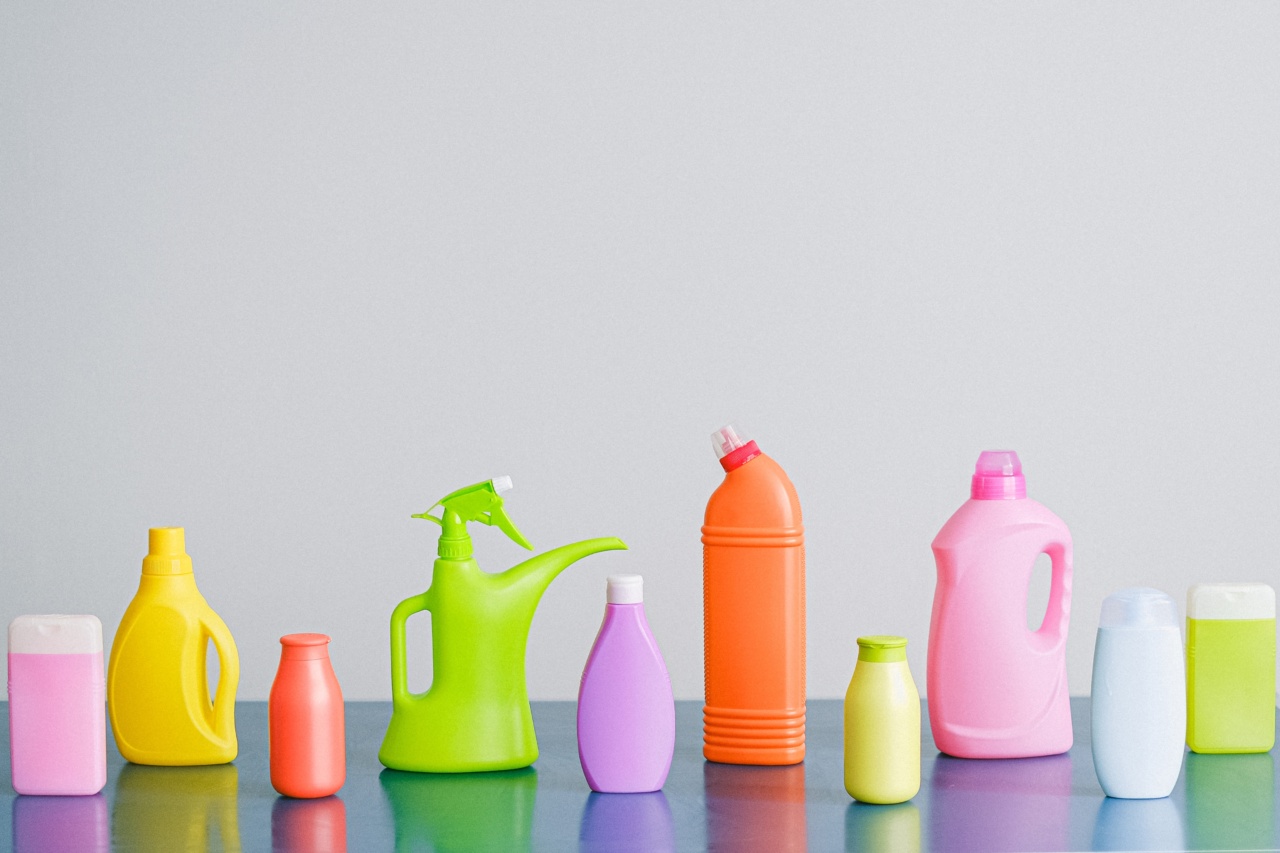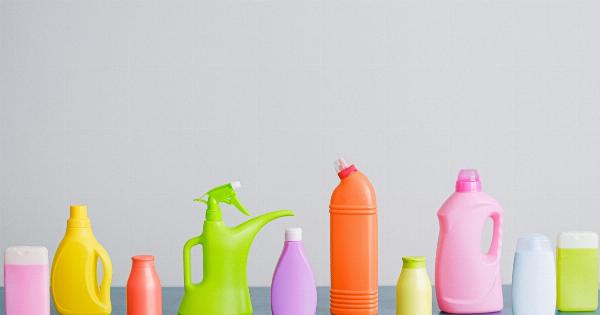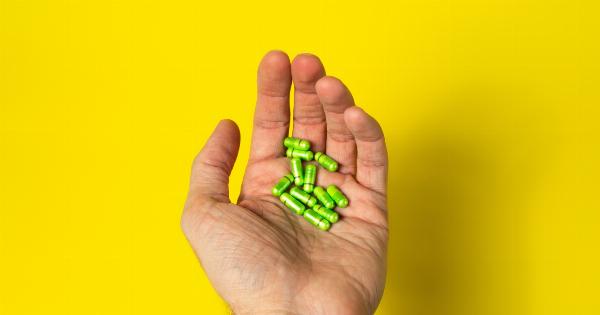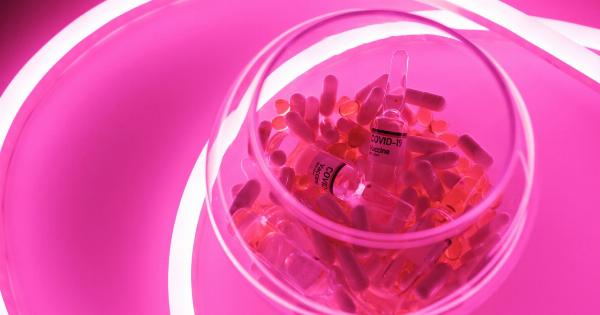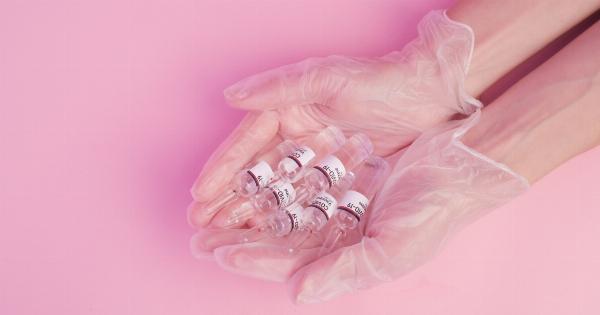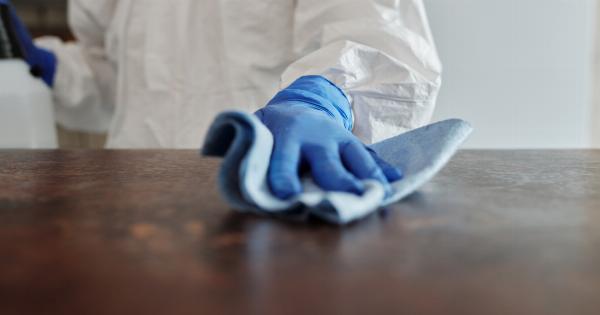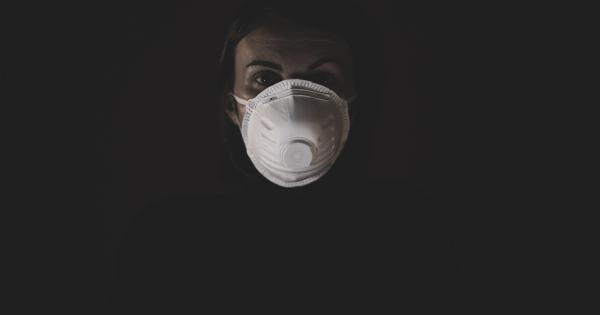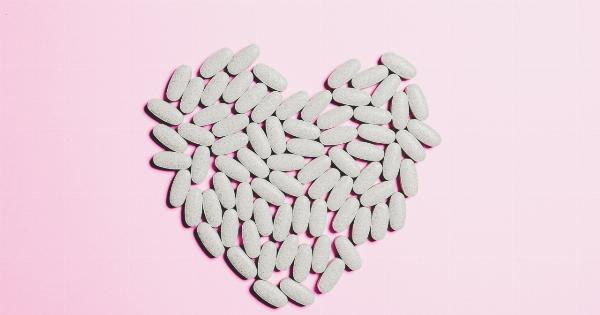Antibiotics are essential drugs used for the treatment of bacterial infections. They have been used effectively for decades and have saved countless lives.
However, their efficacy is gradually diminishing as more and more bacteria are becoming resistant to them. This resistance has resulted in the emergence of superbugs that pose a significant threat to public health.
The problem of antibiotic resistance has become a global health crisis, with the World Health Organization (WHO) warning that we are at risk of entering a post-antibiotic era where common infections and minor injuries could once again kill.
The Cause of Antibiotic Resistance
The overuse and misuse of antibiotics is one of the major causes of antibiotic resistance. However, not many people are aware that common household products can also contribute to the problem.
According to a study published in the journal Environmental Science and Technology, several commonly used household products such as disinfectants, antiseptics, and detergents contain chemicals that can promote antibiotic resistance.
Triclosan and Triclocarban
Triclosan and triclocarban are two common antibacterial chemicals found in several household products, including soaps, toothpaste, and deodorants. Studies have shown that prolonged exposure to these chemicals can contribute to antibiotic resistance.
The problem with triclosan and triclocarban is that they do not just kill bacteria; they also induce the expression of antibiotic resistance genes.
This means that bacteria that are exposed to these chemicals become resistant to not only triclosan and triclocarban but also to other antibiotics.
Quaternary Ammonium Compounds (Quats)
Quaternary ammonium compounds (quats) are another class of antibacterial chemicals found in household products such as disinfectants, fabric softeners, and sanitizers. They work by disrupting the cell membrane of bacteria, leading to their death.
However, a study published in the journal Applied and Environmental Microbiology found that prolonged exposure to quats can also lead to antibiotic resistance.
The study found that exposure to quats induced the expression of a gene that confers resistance to a wide range of antibiotics.
Bleach
Bleach is a common household product used for disinfection. It is a potent antimicrobial agent that kills a wide range of bacteria, viruses, and fungi. However, studies have shown that exposure to bleach can also contribute to antibiotic resistance.
A study published in the journal Antimicrobial Agents and Chemotherapy found that exposure to bleach can induce the expression of genes that confer resistance to antibiotics such as tetracycline and chloramphenicol.
Triclosan and Triclocarban Ban
In September 2016, the US Food and Drug Administration (FDA) banned the use of triclosan and triclocarban in over-the-counter antiseptic products such as hand and body washes.
The ban was in response to concerns over their contribution to antibiotic resistance and their potential health risks.
Although the ban did not include other products such as toothpaste and deodorants, several companies have started to phase out the use of these two chemicals voluntarily.
Conclusion
Antibiotic resistance is a global health crisis that poses a significant threat to public health. The overuse and misuse of antibiotics are major contributors to the problem, but several commonly used household products also play a role.
Chemicals such as triclosan, triclocarban, quats, and bleach can all induce the expression of antibiotic resistance genes, leading to the emergence of superbugs. It is important that we take steps to limit our exposure to these chemicals, and companies should stop using them in their products voluntarily if they have not already done so.
